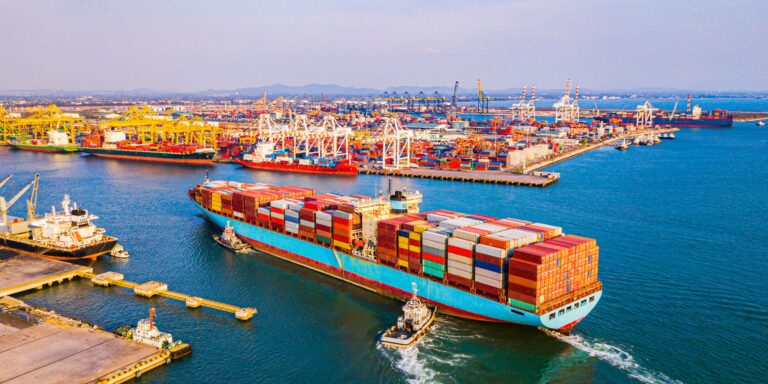The Changing Landscape of Supply Chains: Logistics Companies Embrace Nearshoring and Reshoring
The global supply chain landscape is experiencing a major transformation as logistics companies adapt to shifting dynamics. With factors like political disruptions and the COVID-19 pandemic, manufacturers are increasingly investing in supply chain resiliency. Nearshoring, reshoring, and friendshoring are emerging trends that are becoming the focus of logistics companies. In this blog post, we will explore how these trends are shaping the industry and the potential impacts on businesses and consumers.
The Push for Resilience:
Manufacturers have realized the importance of building resilient supply chains to overcome disruptions. Traditionally, supply chains heavily dependent on China are now seeking alternatives to mitigate risks. Reshoring, which involves bringing production closer to consumers, and nearshoring, which refers to moving production to locations geographically closer to the main market, are gaining traction. Additionally, friendshoring, which focuses on building partnerships with neighboring countries, is also becoming a viable strategy.
Benefits for Shippers:
While there may be initial costs involved, shippers stand to benefit from these shifts in supply chain strategy. One of the key advantages is faster lead times, allowing for quicker delivery of products to customers. Moreover, diversifying distribution strategies can reduce dependency on a single location, enhancing resiliency. Brian Bourke, the global chief commercial officer at SEKO Logistics, emphasized the positive impact of increased diversity in distribution strategies in terms of lead times and resilience.
Logistics Offerings:
As the supply chain landscape evolves, logistics companies are adapting to meet the changing demands. Union Pacific, DHL Express, ZIM, and others are enhancing their capabilities and making network tweaks to capitalize on the geographic shift in demand. This includes cross-border services connecting Mexico, the U.S., and Canada, as well as new shipping routes out of Latin America. Expanding logistics offerings cater to the evolving needs of shippers and support the growing trend towards nearshoring and reshoring.
The Role of Air Cargo:
Transitioning supply chains through nearshoring or reshoring can be complex, requiring adjustments in supplier networks, labor, and regulations. Air cargo services play a critical role during this transition period. Shippers often rely on air freight to quickly deliver supplier components to new facilities, enabling uninterrupted production and meeting inventory needs. Although trucking and rail become more cost-effective once the transition is complete, air freight still offers advantages for operations closer to customers. Its agility and reliability have proven valuable for navigating congestion and ensuring uninterrupted flow across the U.S.-Mexico border.
Intermodal Services:
Railroads and trucking companies are also adapting to meet the changing demands of nearshoring and reshoring. Partnerships between these organizations enable comprehensive intermodal services between the U.S., Mexico, and Canada. For example, Union Pacific launched the “Falcon Premium” Mexico-to-Canada intermodal service, while Canadian Pacific Kansas City (CPKC) established a single-line railroad connection between the three countries. These strategic collaborations support the transportation of auto parts, food, and temperature-controlled freight.
Conclusion:
The rise of nearshoring and reshoring in supply chains is transforming the logistics industry. As manufacturers prioritize resiliency and seek alternatives to traditional sourcing methods, logistics companies are stepping up their services to support this shift. Faster lead times, increased diversity in distribution strategies, and closer proximity to customers are some of the benefits shippers can expect. Moreover, air cargo and intermodal services are playing crucial roles in ensuring the smooth transition and operation of nearshored and reshored supply chains. It is evident that flexibility and adaptability will be key in the evolving landscape of global supply chains.
Note: The content of this blog is based on the information provided in the article “Logistics companies adapt to nearshoring and reshoring supply chains” by Supply Chain Dive.

International Logistics
If you’ve ever considered expanding your expertise in the dynamic field of logistics and supply chain management, now is the perfect time to take the plunge. Sign up now for an upcoming course:








